Hello.
I have a mix of pine trees that have been here for a number of years before I purchased the house.
Some of them did look the best but they all have taken a big turn for the worse. There is a Blue Spruce that was in good shape going into this winter but has lost all of it's needles on the lowest 5ft or so of branches already. They all seem to be doing the same thing.
A distant neighbor had a fungus kill most of his Scotch Pines, but I did not see any fungus on mine yet.
Help......
Pics
The one that was nice up until about the last few months.
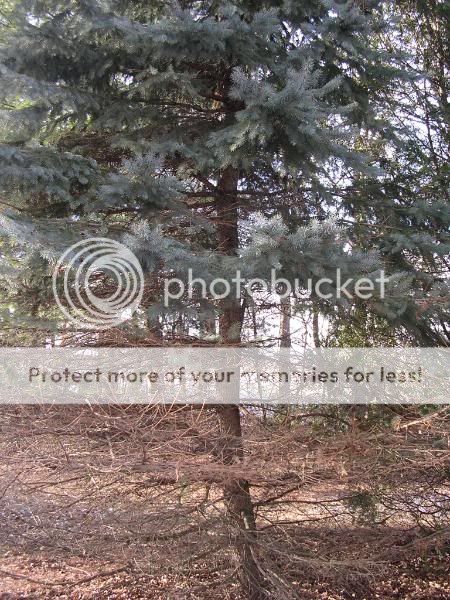
Another one
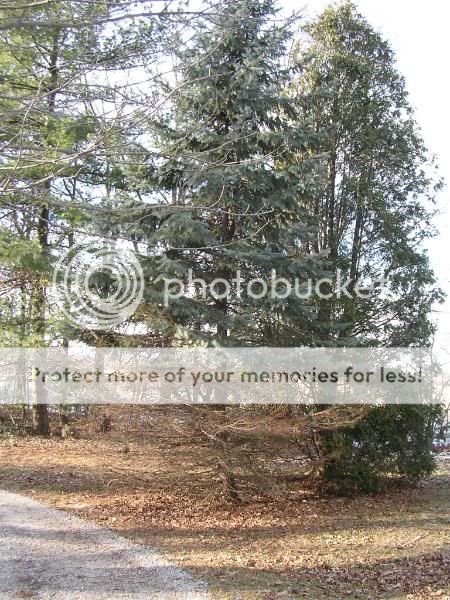
Closer
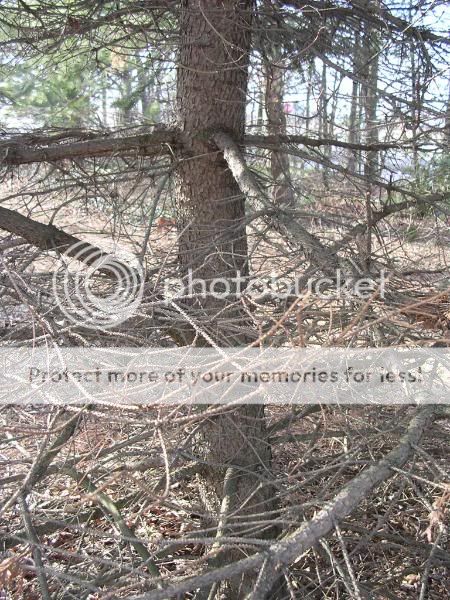
Some along the driveway
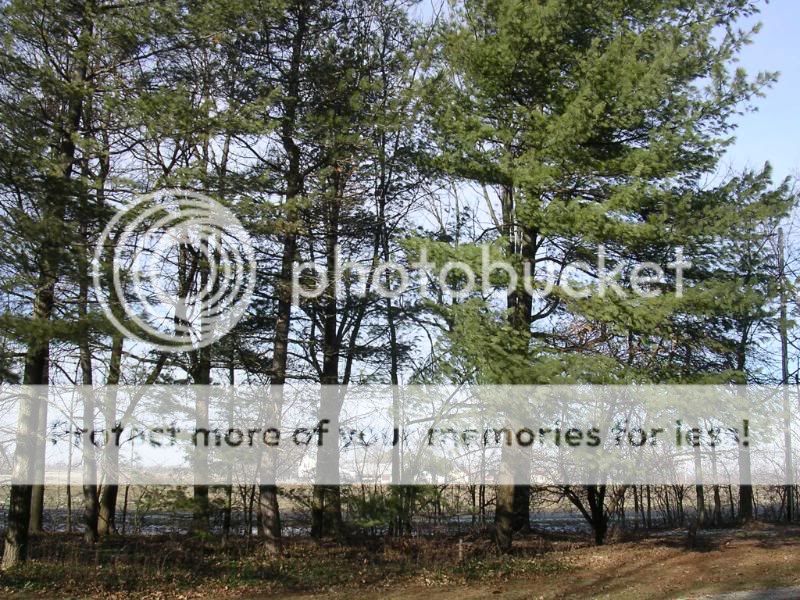
More
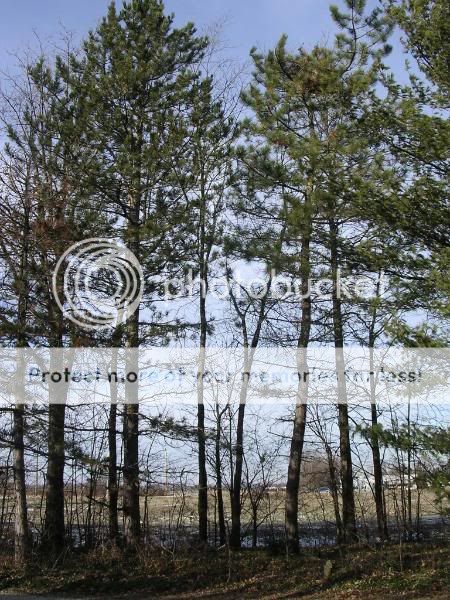
Something closer
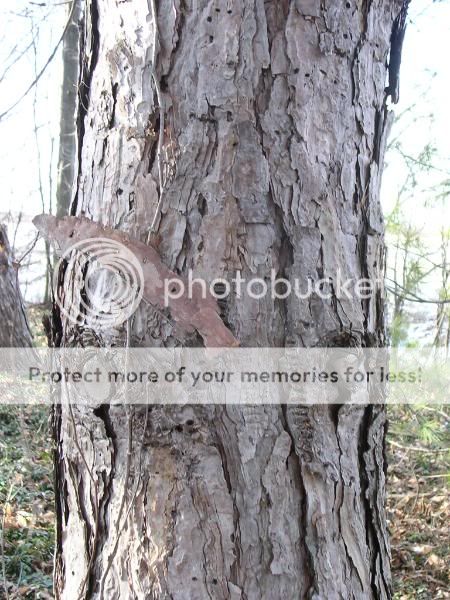
The corner pine closer
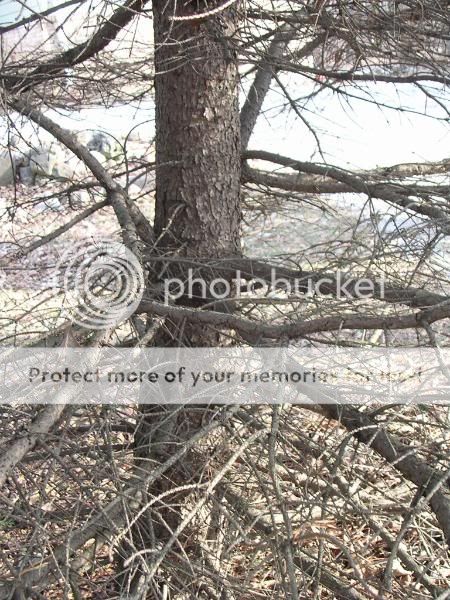
Any thoughts? I hate the thought of my windbreak dying
Thanks
I have a mix of pine trees that have been here for a number of years before I purchased the house.
Some of them did look the best but they all have taken a big turn for the worse. There is a Blue Spruce that was in good shape going into this winter but has lost all of it's needles on the lowest 5ft or so of branches already. They all seem to be doing the same thing.
A distant neighbor had a fungus kill most of his Scotch Pines, but I did not see any fungus on mine yet.
Help......
Pics
The one that was nice up until about the last few months.

Another one

Closer

Some along the driveway

More

Something closer

The corner pine closer

Any thoughts? I hate the thought of my windbreak dying

Thanks




